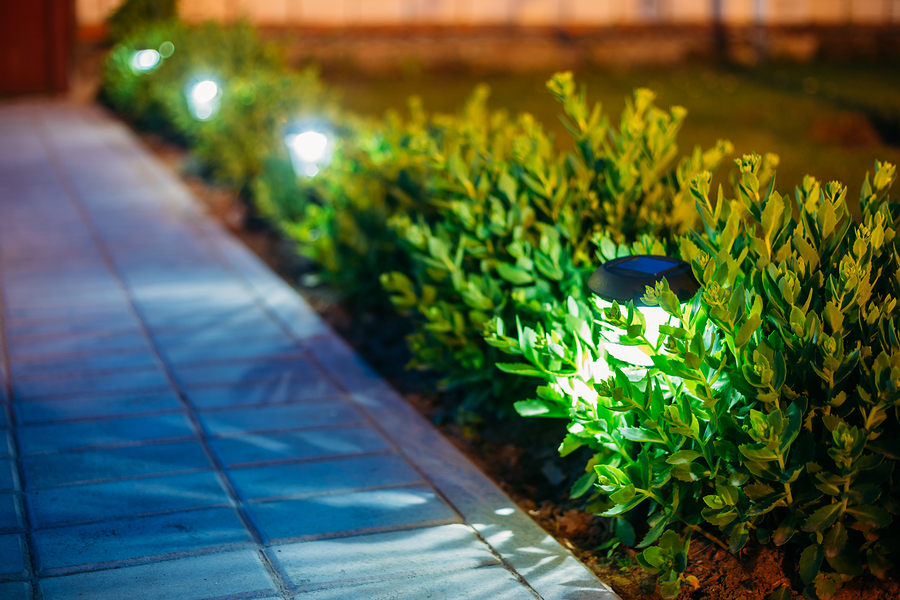Color Temperature in Landscape Lighting Design

Lighting is an often-overlooked feature in outdoor spaces. Homeowners mistakenly assume that the porch light will suffice or that a flood light will do the trick. Unfortunately, the former can leave you
tripping over yourself in a dim yard, while the latter could blind guests and annoy neighbors. Where’s the happy medium? The answer is landscape lighting design that will transform your Rock Valley, Iowa yard into a fairy-lit paradise when the sun goes down.
You put a lot into your outdoor entertaining space with glorious landscape design, thoughtful hardscaping features like patios and walkways, and perhaps even an outdoor kitchen for entertaining and a fire feature to stave off the chill. Now you just need to install landscape lighting that will adequately illuminate the area, highlight your favorite features, and set the right mood.
Placement and directionality are important variables in the equation, but don’t forget that color temperature can dramatically affect the aesthetics of your lighting. Here are a few things you need to know about color temperature in your landscape lighting design.
Understanding the Kelvin Scale
Color temperature is measured in Kelvins (K), with lower measurements equating to a warmer glow (candlelight, for example, is about 1,900K) and higher measurements equating to cooler light (10,000K is the blue of the sky). Near the middle, at about 4,800K is direct sunlight, which roughly equates to colorless white light.
For comparison, a traditional 100-watt, incandescent bulb, with it’s warm, golden glow, clocks in around 2,800K while a daylight LED bulb is closer to about 5,500K. The good news is that light bulbs come in a variety of color temperatures to help you achieve the look you prefer in your yard.
Is White Light Best?
If you want a clean aesthetic that displays true color of objects under illumination, getting as close to white light as possible is your best bet. However, you should know that white light may not be the most aesthetically pleasing.
You’ll almost certainly want to avoid cool tones that can cast a strange, alien glow over your yard, but white light can also be unsettling. It can give your yard a sterile and unpleasant feeling, even though it displays the truest color value of objects.
The Benefits of Warmer Light
Many homeowners prefer golden tones of lighting in the home, especially in lounge areas like the family room or bedrooms. White light is preferable in the kitchen, where seeing true color is essential for safe food prep and cooking, but when you want relax, there’s nothing more soothing than warm, inviting, golden lighting.
The same principle applies to your landscaping and exterior architecture. Where as cool or white lighting will make your landscape appear cold and stark, lighting in the 2,500-4,000K range is preferable. At this color temperature range, you can achieve a more natural and lively glow, as well as a more welcoming atmosphere.
Generally speaking, you’ll want to stick to the lower end of this range (2,500K) for architectural lighting, and the cooler end (4,000K) for landscape lighting. With the right outdoor lighting in place, your Sioux Center, Iowa backyard will set an example for all of your neighbors to follow.